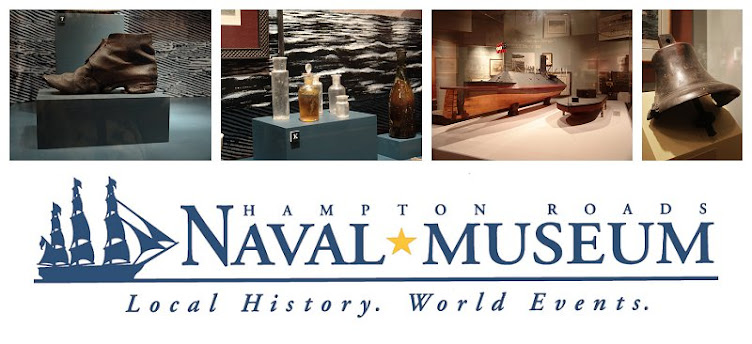The following post comes from Naval Reserve Commander Colette Grail, who is helping us at HRNM by writing both blogs and articles for an upcoming issue of the Daybook. Thank you, Commander, for providing us with a good overview of this year's Joint Women's Leadership Symposium!

The 2014 Joint Women’s Leadership Symposium
at the Waterside Marriott in Norfolk, VA, was standing room only.
This year’s conference hosted by the
Sea Service Leadership Association (SSLA) was framed by the question:
why do YOU serve?
On hand to answer that question were
members of the Navy, Coast Guard, Air Force, Army, Marine Corps, and Army
National Guard. Those attending
ranked from junior Enlisted and Officers to senior Enlisted to Flag officers of
most of the services.
The keynote
speaker was the Navy’s next four star – VADM Michelle Howard, whose inspiring
talk ascribed the traits necessary to pioneer in any territory.
VADM Howard recently left Hampton
Roads after being deputy commander at US Fleet Forces in Norfolk.
 |
| VADM Michelle Howard |
The first day of the conference was dedicated to joint
issues shared by all the services, as well as appreciation of varied approaches
to those issues. The day began
with opening remarks from US Coast Guard Rear Admiral Cari Thomas and continued
with US Coast Guard Rear Admiral (ret) Mary Landry. Master Gunnery Sergeant
Rolanda Bailey, USMC, followed with a clever and intense discourse on her
thoughts on “Why I Serve.”
For the second day, the Navy, Marine Corps, Air Force, and
Coast Guard had separate tracks to focus on service-specific agendas. For the Navy, the morning incorporated
three breakout sessions with items from career management, to work-family
relationships, to self-care for better resiliency and leadership. VADM Nora Tyson, the most recent deputy
commander for US Fleet Forces, was also on hand to speak during a morning
session.
The Chief of Naval Personnel, VADM William Moran, listened to Sailors’ concerns and provide guidance on Navy personnel
matters. A Senior Leadership Panel consisting of three Navy Vice Admirals highlighted the afternoon. VADM Nanette DeRenzi (42nd
Judge Advocate General), VADM Robin Braun (Chief of Naval Reserve), and VADM
Jan Tighe (US Fleet Cyber Commander) shared personal experiences from their
careers and answered questions from the audience. The Navy agenda wrapped up with a brief on Enlisted women in
submarines and a uniform policy update.
The 2014 Joint Women’s Leadership Symposium was a very
positive, upbeat conference that encouraged women and men of all ranks and all
services to continue developing their leadership potential by promoting a
command climate embedded in respect for all.
(This post was written by Commander Colette Grail.)























